
Discover the charm and versatility of rosé wine, from its historical roots in Provence to perfect food pairings. Explore top selections like Whispering Angel and Casa Rossa, enjoy quality at great prices, and learn why it's good to buy it duty-free in France.
As the sun begins to shine brighter and the days grow longer, there’s nothing quite like enjoying a refreshing glass of rosé wine. This versatile wine has become a staple of summer gatherings, offering a delightful balance of fruitiness, acidity, and a hint of sweetness that makes it the perfect companion for warm weather. Let’s dive into the world of rosé and discover why it’s the best friend of sunny days.
The Charm of Rosé Wine
Rosé wine is loved for its beautiful pink hue, which can range from a pale blush to a vibrant, almost red color. This variation in color is achieved through the winemaking process, where the skins of red grapes are left in contact with the juice for a short period. This brief contact allows the wine to pick up some of the color from the skins without becoming a full red wine.
Rosé can be made from a variety of grape types, including Grenache, Syrah, Cabernet Sauvignon, and Pinot Noir. Each grape imparts its unique flavor profile, contributing to the diversity found within rosé wines. The result is a wine that is not only visually appealing but also versatile and delicious.
A Historical Perspective on Rosé Wine
For a bit of history, rosé wine is the oldest type of wine. Its production began in the Provençal region of France nearly three thousand years ago, not red wines as is generally assumed. Rosé wine, therefore, did not wait for our time to become a hit.
The Greeks were the first to plant the vines, and then the Romans developed the cultivation. This very light-colored wine, used in religious ceremonies, was then called "Clairet." This early form of rosé was a staple in the Mediterranean diet and played a significant role in the culture of the region.
Nowadays, the consumption of rosé wines is booming. It has increased from 10% to nearly 25% in the past twenty years, making it a trendy wine accessible to everyone (wine connoisseurs or not). Nine out of ten wine enthusiasts enjoy this type of bottle. Whether these wines bear AOC, AOP, IGP labels, whether they come from a château or a domain, whether they are organic, sulfite-free, or not, they are the stars of summer tables. The wide variety of flavors, colors, grape varieties, and a fantastic quality-price ratio explain this success.
France: The Leading Producer of Rosé
France is the world's leading producer of rosé wines, with around 28% of global production. Provence produces the most rosé wine in France (40% of total consumption). Other rosé wine-producing regions in France include Languedoc Roussillon, the Rhône Valley, Corsica, as well as the Loire and Bordeaux. The Provence region, in particular, is renowned for its high-quality rosé wines, often made from grapes such as Grenache, Cinsault, and Mourvèdre.
The Provençal rosé wines are celebrated for their light color and delicate flavors, which often include notes of red berries, citrus, and floral hints. These wines are typically dry and crisp, making them perfect for hot summer days. The terroir of Provence, with its sunny climate and well-drained soils, contributes significantly to the unique characteristics of these wines.
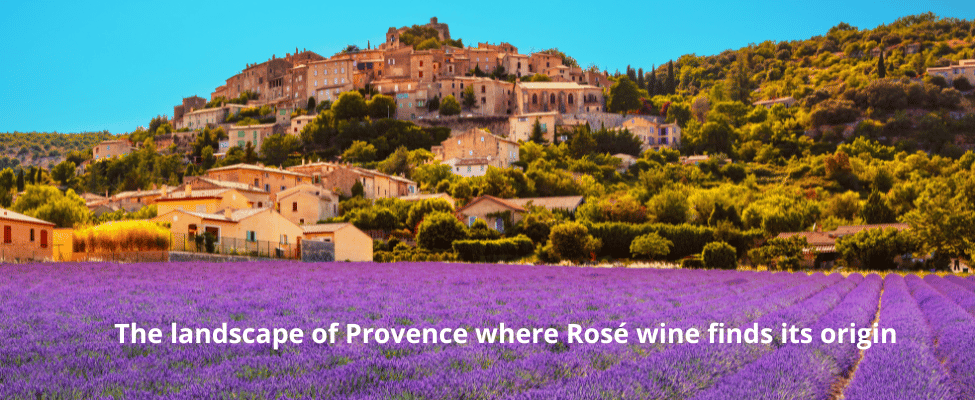
Rosé Wine: Several Vinification Methods
MACERATION ROSÉ WINE
This type of rosé is developed from black grapes that are macerated for up to 24 hours before fermentation begins, so the berries release pulp, skins, seeds, and juice. During this short period without alcoholic fermentation, the pigments and flavors in the grape skins tint the juice, giving rosé its color. Each grape variety has its characteristics; from one variety to another, the impact on the final wine color will differ. The must must then be pressed to separate the solid parts (skin, seeds) from the juice, which ferments alone at a low temperature (18° to 20°) to achieve maximum aroma. This juice is recovered from the bottom of the vat to separate it from the marc, a technique called "run-off." The production method influences the aromas, but the grape variety and terroir significantly affect the fruity and floral notes generally found in this type of wine.
PRESSING ROSÉ WINE
This technique involves pressing the grapes immediately after harvest. As soon as the juice is collected, it is placed in a vat, and fermentation begins. In this case, the rosé has a lighter color (salmon color) than maceration rosé. Pressing is a common method used in regions like Provence, where the aim is to produce a rosé wine with a delicate and light color.
SAIGNÉE ROSÉ WINE
Saignée rosé, richer and more vinous, is obtained from a harvest put in a vat (as for maceration rosé), but its final purpose is to produce red wine. Thus, after a few hours of maceration, part of the juice (which has already taken on a pink hue) is released and vinified separately. The rest of the harvest is left in the initial tank to produce red wine. The color of this rosé is darker, has more body, more aromas, and can be aged longer (up to 5 years). This type of wine can pair with gourmet cuisine.
AN EXCEPTION, BLENDED ROSÉ WINE
Only one region is allowed to produce blended rosé, that is, producing rosé wine by mixing red wine with white wine: the Champagne region. When interested in a rosé champagne, try to find out whether the cuvée is a saignée rosé or a blended rosé.
Perfect Pairings for Rosé Wine
One of the reasons rosé is so popular is its versatility. It pairs beautifully with a wide range of foods, making it an excellent choice for picnics, barbecues, and casual dining. Here are some classic pairings to try:
- Grilled Meats: The acidity and fruitiness of rosé complement the smoky flavors of grilled meats. A Provence rosé, for instance, with its balanced acidity, can cut through the richness of grilled lamb chops or barbecue ribs.
- Seafood: A chilled glass of rosé enhances the delicate flavors of seafood dishes. The light and crisp nature of rosé wines from Provence makes them an excellent match for shrimp cocktails, grilled fish, or seafood paella.
- Salads and Vegetables: The light and refreshing nature of rosé pairs well with fresh salads and vegetable dishes. Try pairing a light rosé with a summer salad of tomatoes, cucumbers, and feta cheese, or a grilled vegetable platter.
- Cheese Platters: Soft and creamy cheeses are beautifully balanced by the crispness of rosé. A slightly sweeter rosé from the Loire Valley, such as a Cabernet d'Anjou, pairs wonderfully with tangy goat cheese or a creamy Brie.
Featured Rosé Wines to Enjoy
Now that you’re excited about rosé, here are some excellent selections available at Calais Vins that you should definitely try:
Whispering Angel Provence Rosé
Whispering Angel is one of the most popular rosé wines from Provence, known for its pale color and delicate flavors. It offers notes of red berries, citrus, and a hint of floral aromas, making it a perfect choice for a sophisticated summer drink. This rosé wine from Château d'Esclans is a testament to the quality and elegance that Provençal rosé wines are known for.
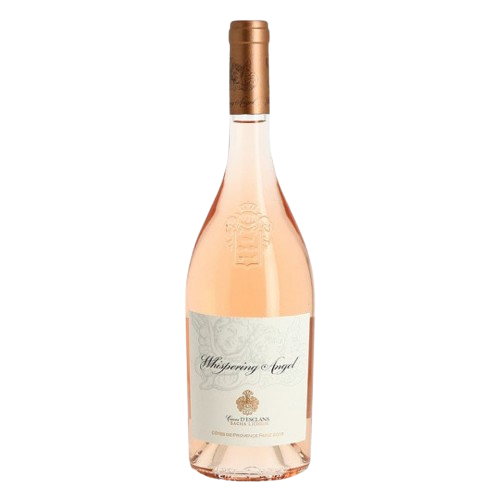
Cabernet d'Anjou Terres d'Allaume by Eric Blanchard
This rosé from the Loire Valley is slightly sweeter, with flavors of ripe strawberries and raspberries. It’s ideal for those who prefer a bit more sweetness in their wine, and it pairs wonderfully with spicy dishes. The price is also very reasonable, making it an excellent choice for everyday enjoyment.
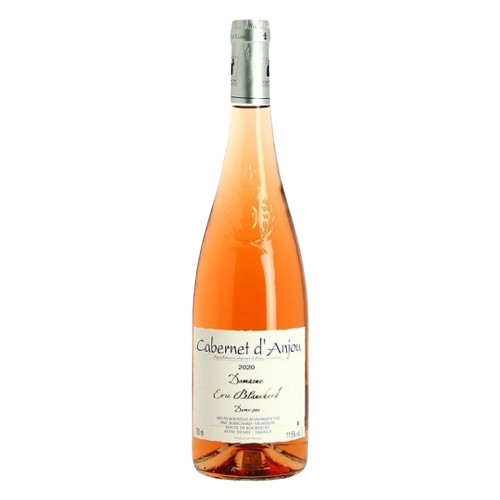
Casa Rossa Rosé Corsica Wine
Casa Rossa offers a unique taste of Corsica with its vibrant and fruity rosé. Expect flavors of wild berries and a touch of minerality, making it a refreshing choice for hot summer days. This rosé is perfect for those looking to explore wines from regions outside the typical rosé-producing areas.
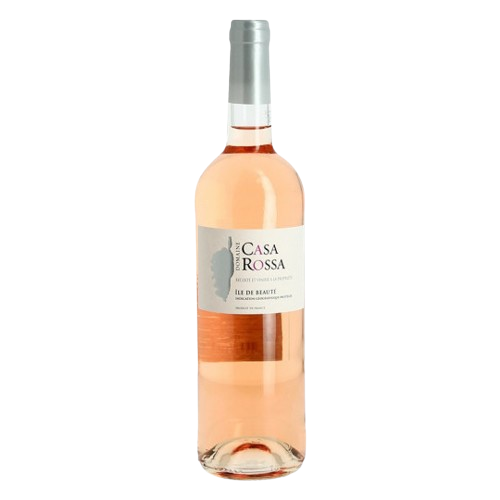
Domaine Hauts du Clos Côtes de Provence Rosé
Another gem from Provence, this rosé is known for its elegance and balance. It features notes of peach, apricot, and a hint of citrus, providing a crisp and clean finish that’s perfect for any occasion. The quality and price of this rosé make it a must-try for any wine enthusiast.
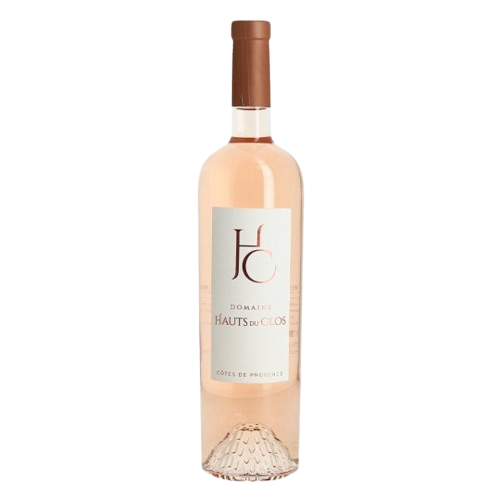
Le Petit Pont Rosé Wine Bag in a Box 5L
For those who love to entertain, Le Petit Pont Rosé in a convenient bag-in-box format is a fantastic option. It’s a light and fruity rosé from the Languedoc region, offering great value without compromising on taste. This is an excellent choice for summer parties and gatherings, ensuring you have plenty of delicious rosé on hand.
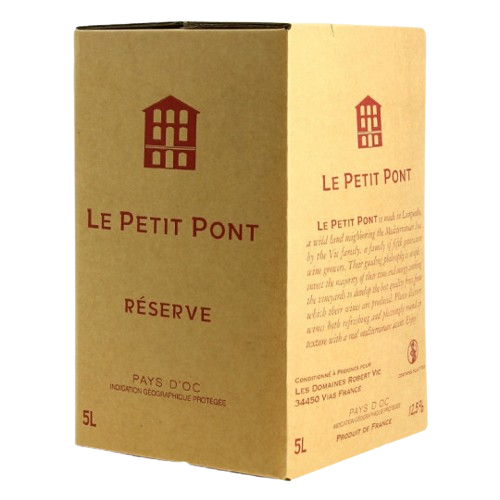
Rosé Wines: Drink Young and Fresh!
Rosé wine rarely improves over time as it loses its color and fruitiness. Therefore, it is best to choose the latest vintage and consume it within two years of bottling. Ideally, the serving temperature should be between 10° for light rosé, 12° for classic rosé, and 14° for structured rosé. It should be cool but not icy, to preserve the full aromatic range. In conclusion, rosé wines offer a variety of colors, aromas, and flavors depending on vinification, grape varieties, and terroirs. There will always be a rosé suited to each situation, from a simple aperitif with friends to the most refined gastronomic dishes that require a high-class wine from the best châteaux and domains. The quality continuously improves, and many wine lovers now have at least a case of rosé available in their cellar.
Rosé wines from Provence, in particular, stand out for their quality and the care taken in their production. Whether you are a seasoned wine connoisseur or new to the world of rosé, exploring the diverse offerings of this wine category is sure to be a delightful journey. With their approachable price points and versatile nature, rosé wines are indeed the best friend of sunny days.
Useful links
Pre order your rosé wine and travel on the ferry for free from Dover to Calais

